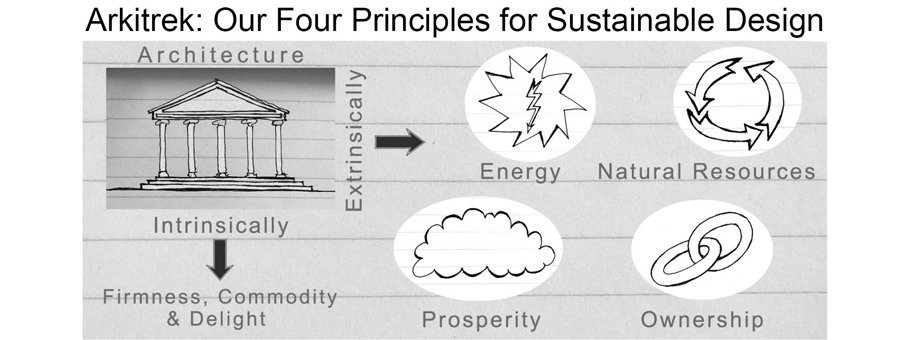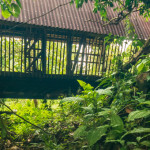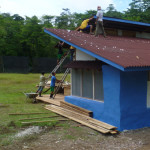Arkitrek Sustainable Design Principles
Arkitrek practices holistic design for the benefit of people and nature. Our work overlaps with international sustainability standards for buildings, but it’s not always a close match. The graphic at the bottom of this page summarises our current thinking on Sustainable Design. The following article by Arkitrek founder Ian Hall describes how some of his thinking on sustainability standards evolved.
The Arkitrek approach to sustainability
Most architects are expected to be able to advise their clients on sustainability standards for buildings. To this end I attended a course by the Malaysian Green Building Council to train construction professionals in the implementation of the Malaysian Green Building Index (GBI) standards.
I found that most Arkitrek projects would not do very well against the GBI because our projects are mostly rural and the GBI focuses, quite rightly, on urban buildings. Up to 25% of points for most GBI categories are for location, in particular connection to transport networks.
I also found that almost all criteria, and this goes for other green building standards such as BREEAM, LEED, GreenStar etc, are biased toward what I will call environmental fixes: Carbon emissions, indoor environment quality, water conservation etc. These are all spot on but I could not help feeling that green building standards are somehow missing a trick.
I got an insight into this missing trick when I fell in with the Responsible Tourism (RT) crowd as a judge and fact-finder for Wild Asia’s Responsible Tourism Awards. These awards are based on the Global Sustainable Tourism Criteria (GSTC), which emphasise a combination of economic, social and environmental values.
The holistic approach of the GSTC, which includes a balance of both social and environmental criteria make them highly relevant to any form of sustainability standards. Current sustainability standards for buildings, which are biased towards environmental fixes could learn a lot from responsible tourism standards.
Arkitrek’s Sarah Greenlees wrote a detailed article on this subject for FutureArc Magazine, republished on the Arkitrek website here
The GSTC goes further in that they evaluate the sphere of influence of RT practitioners to educate and propagate RT values to guests, staff and the tourism supply chain. The standards themselves become an agent for change alongside any legal or consumer led pressure that drives them.
Our dream is that all sustainability standards, including those for buildings, will aggregate both social and environmental fixes and propagate them through our culture and values. This is not a new idea and was summed up beautifully by Paul Hawken in his book ‘Blessed Unrest’:
“In most indigenous cultures there are no separate social and environmental movements because the two were never disaggregated.”








